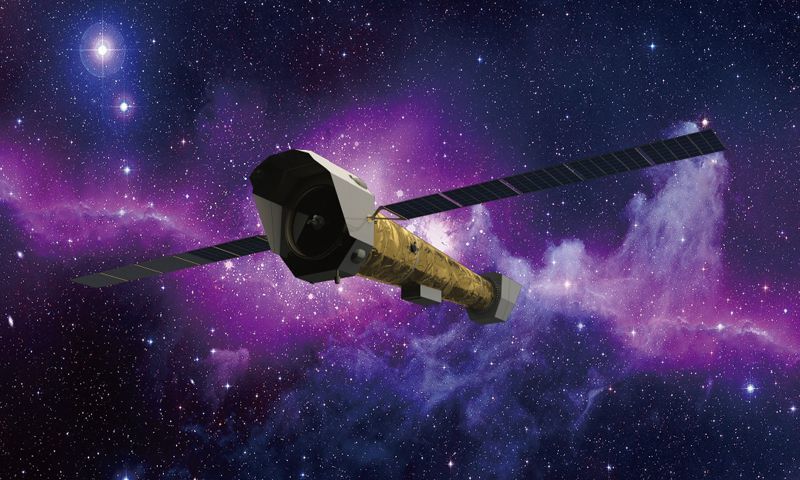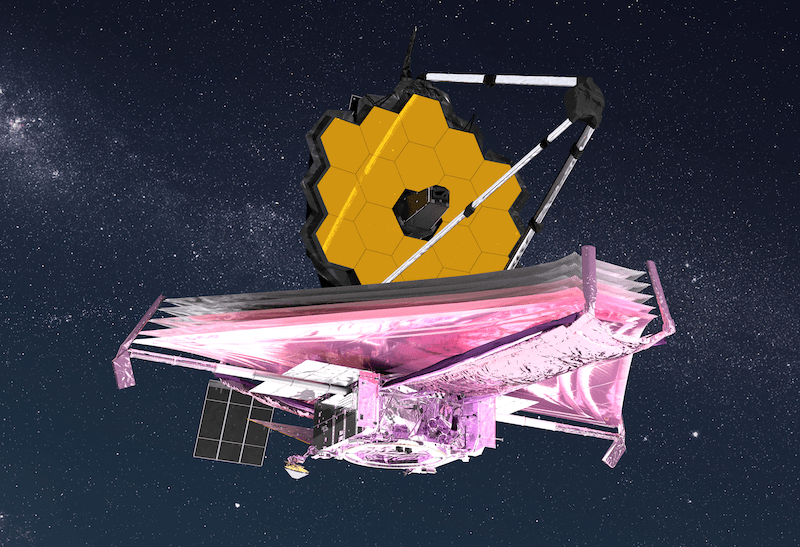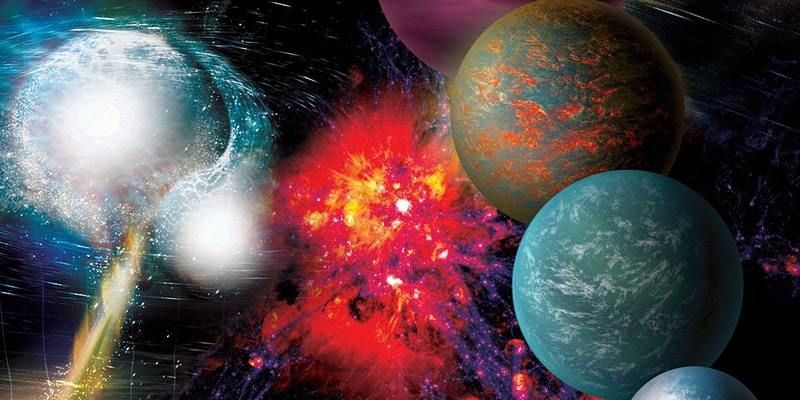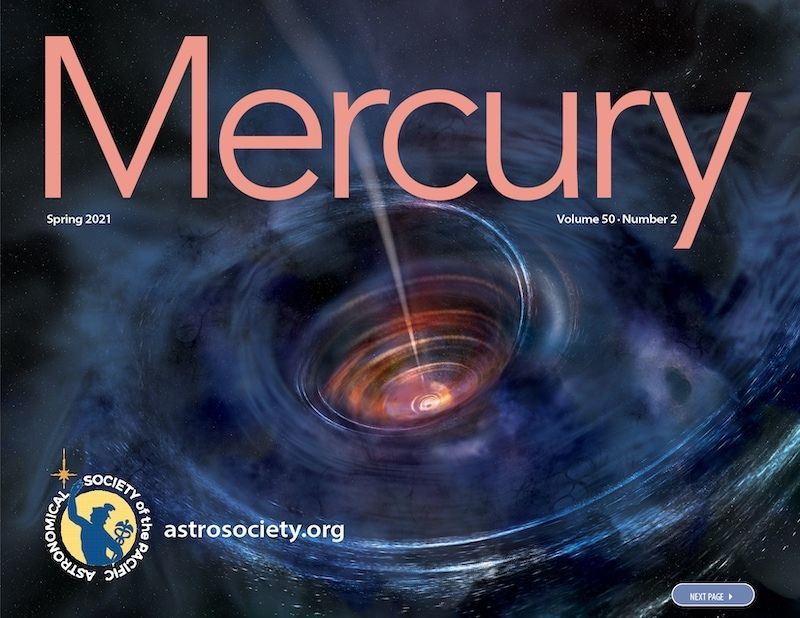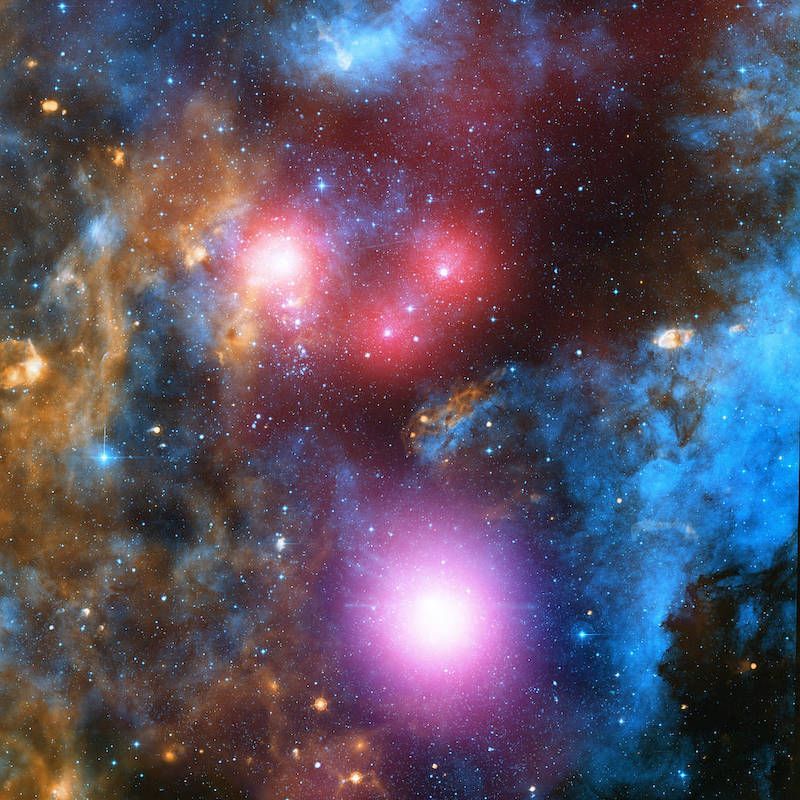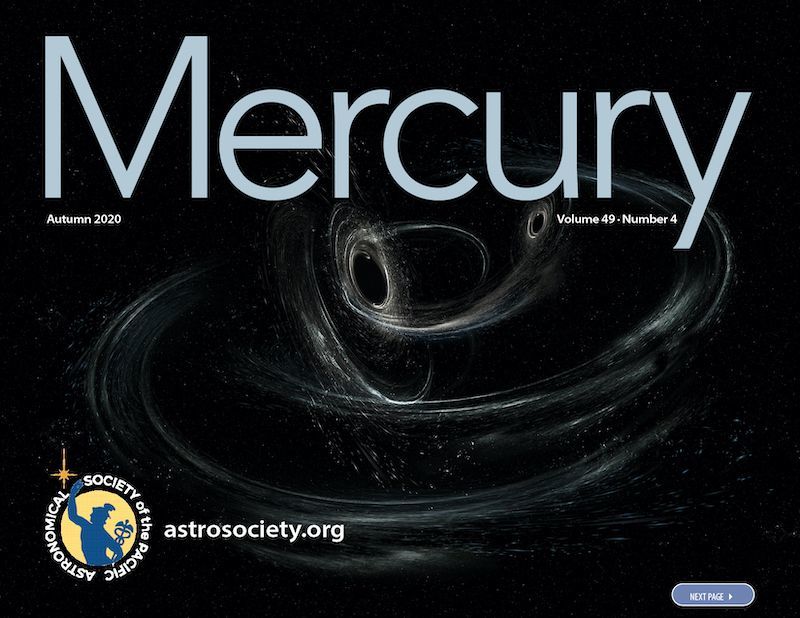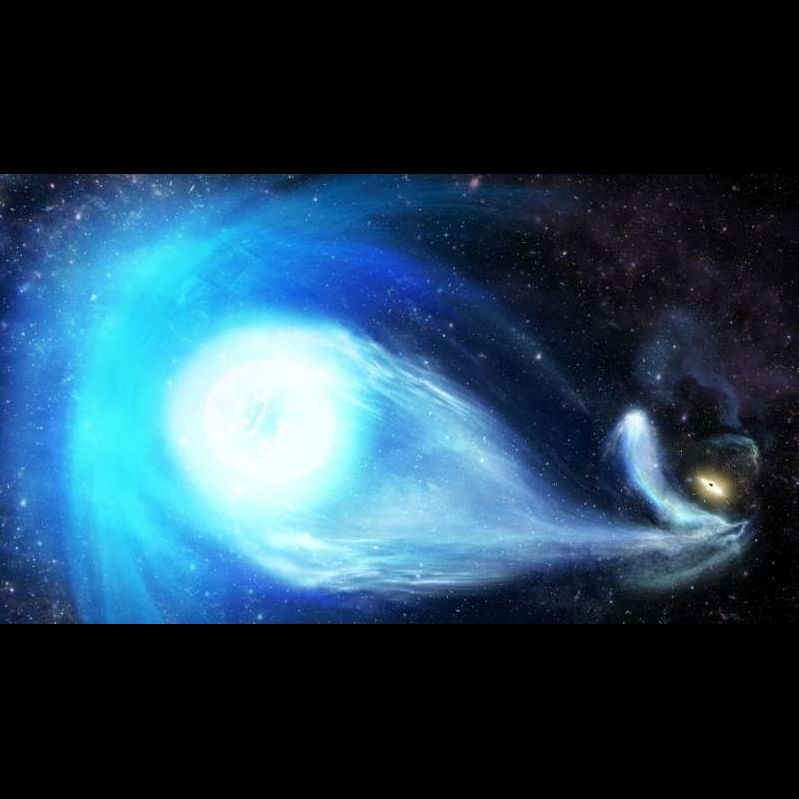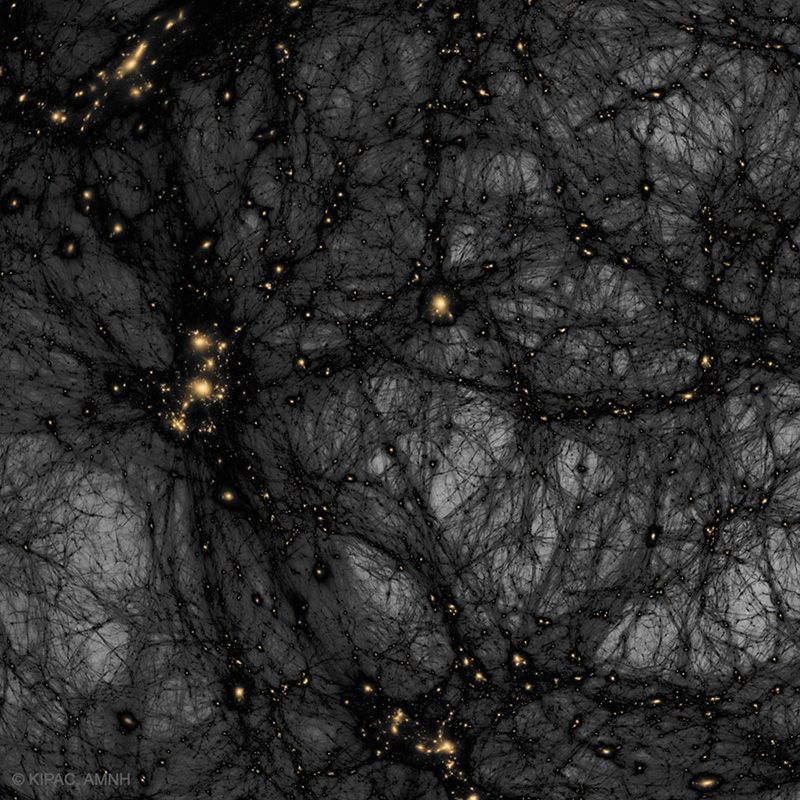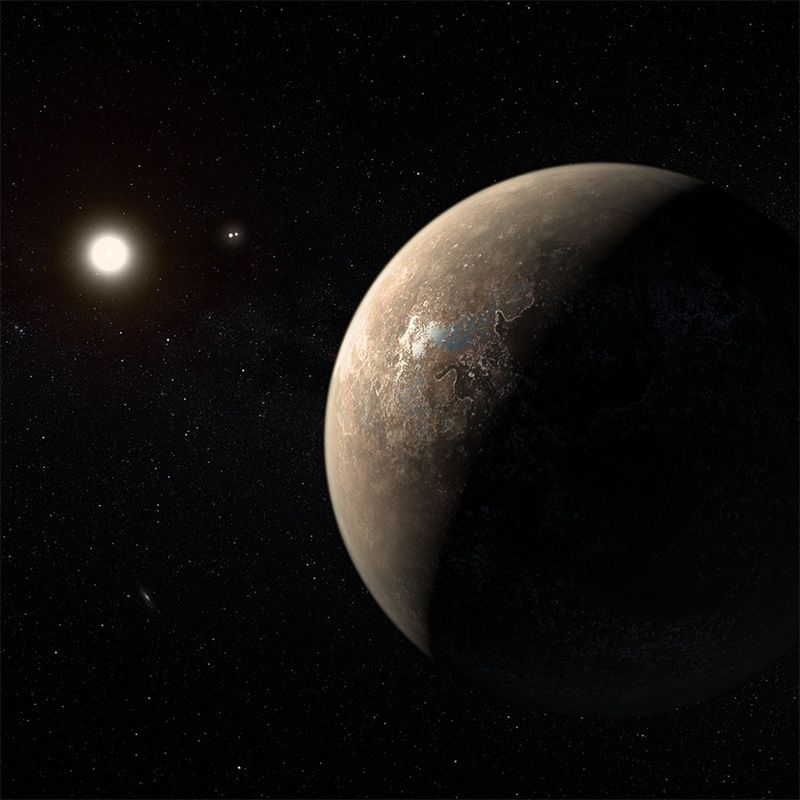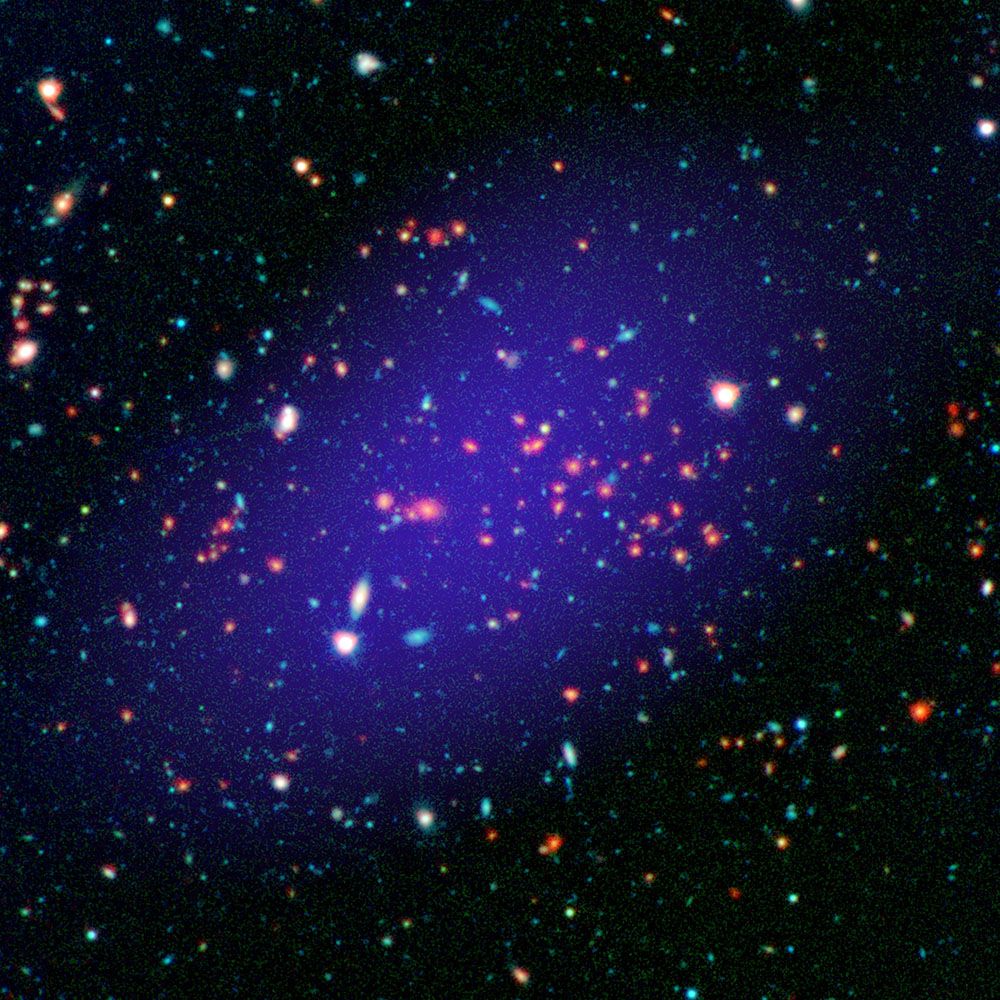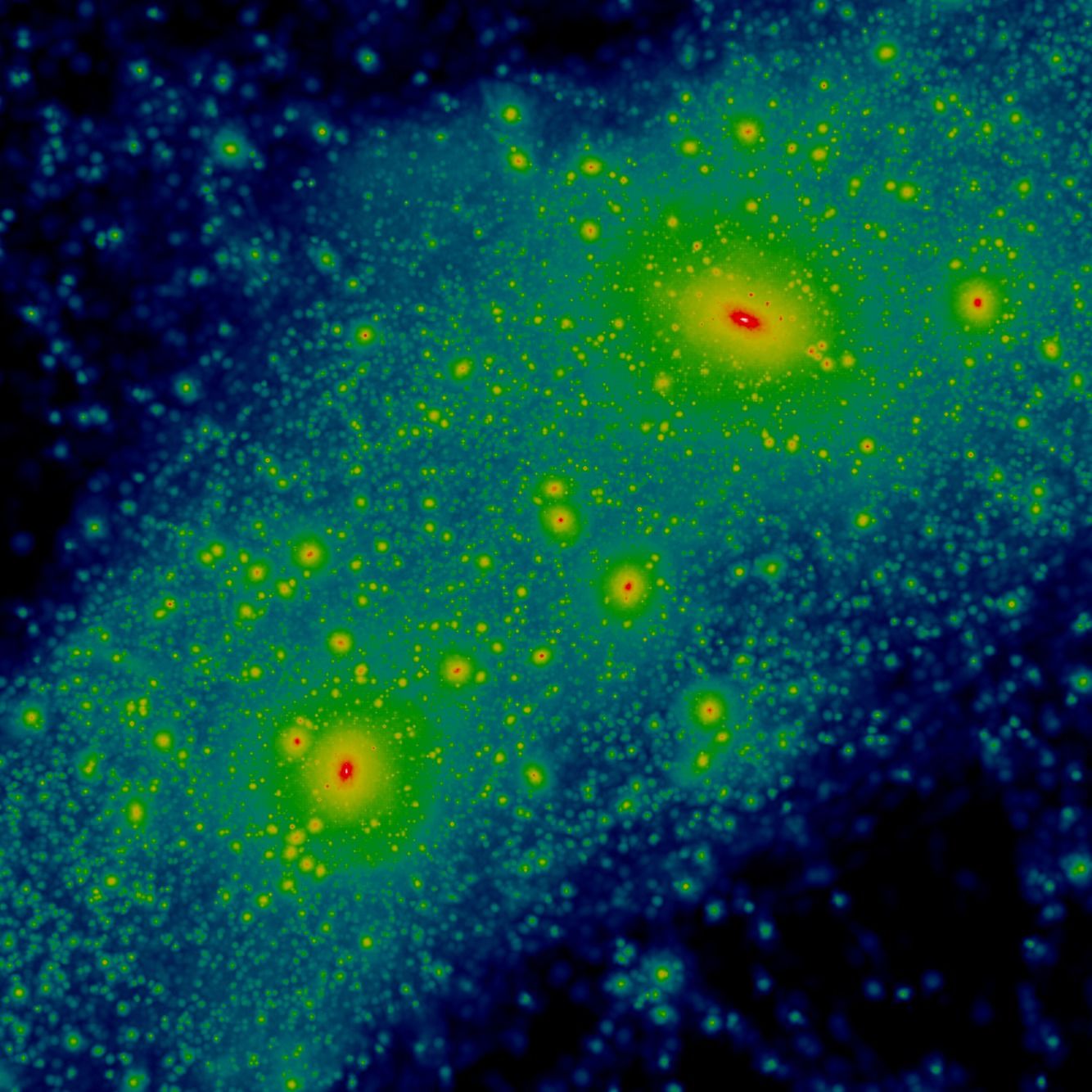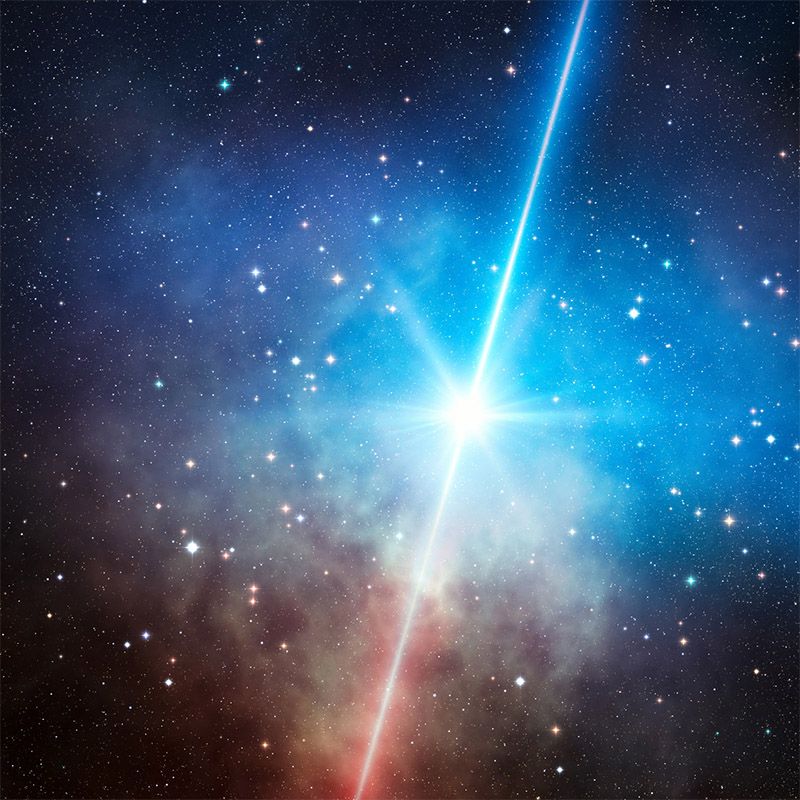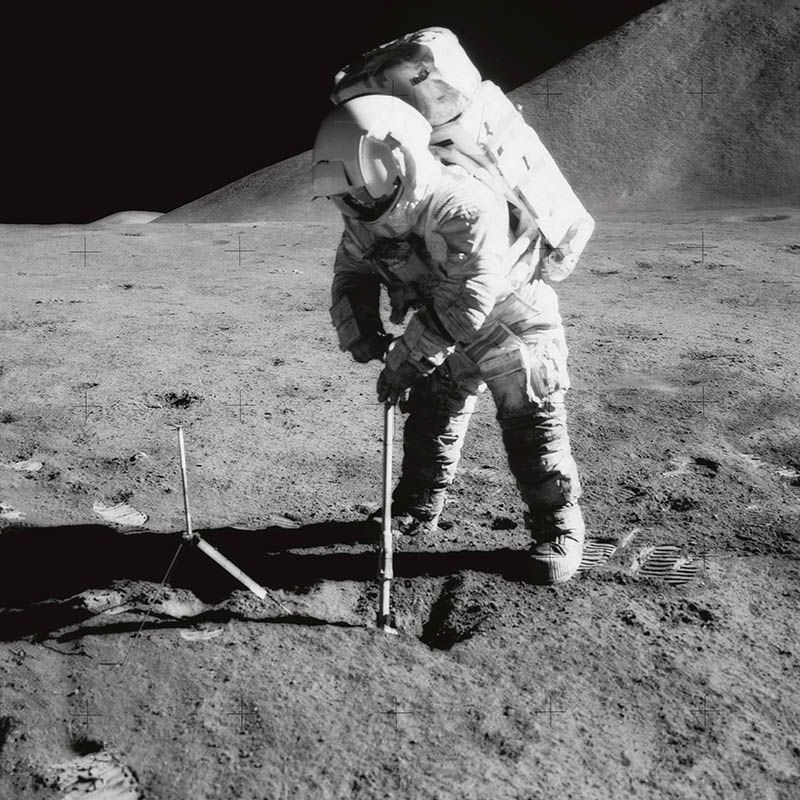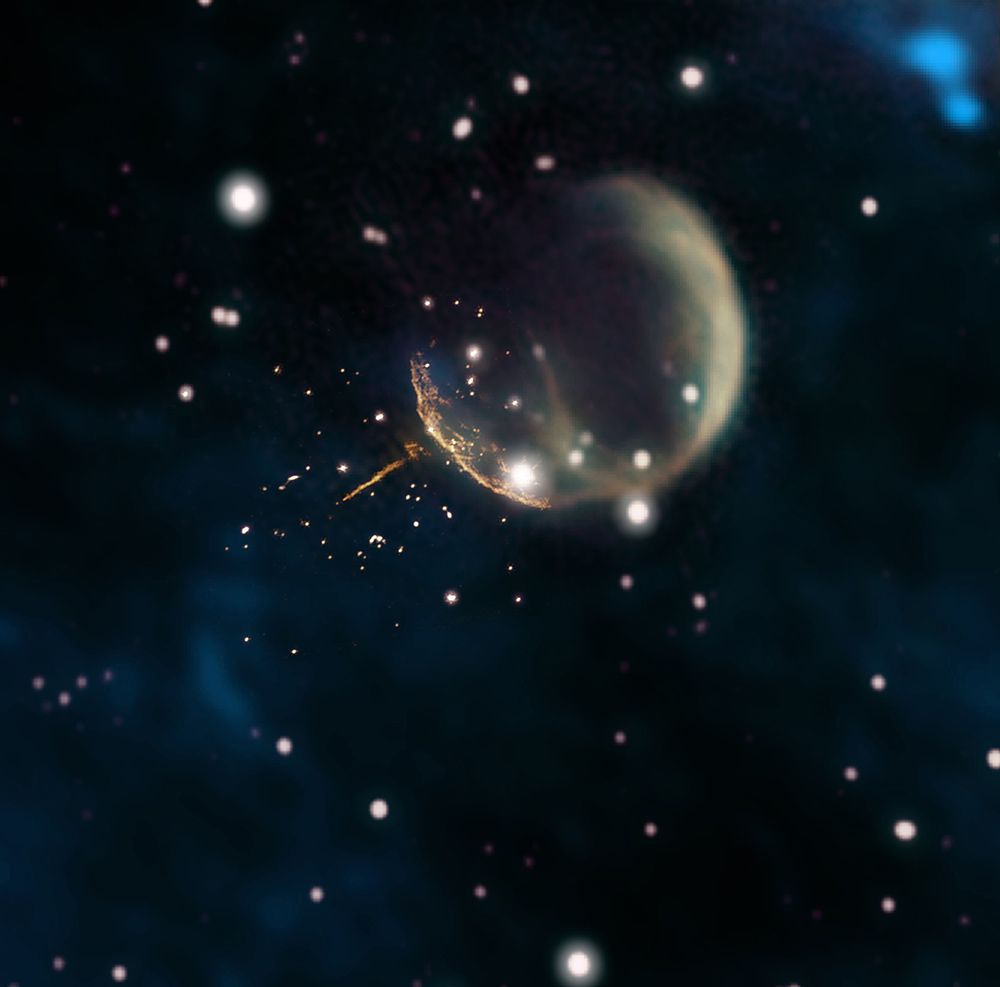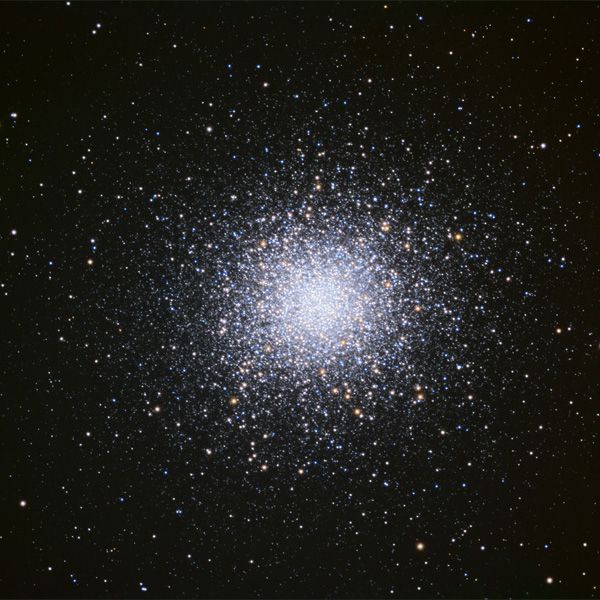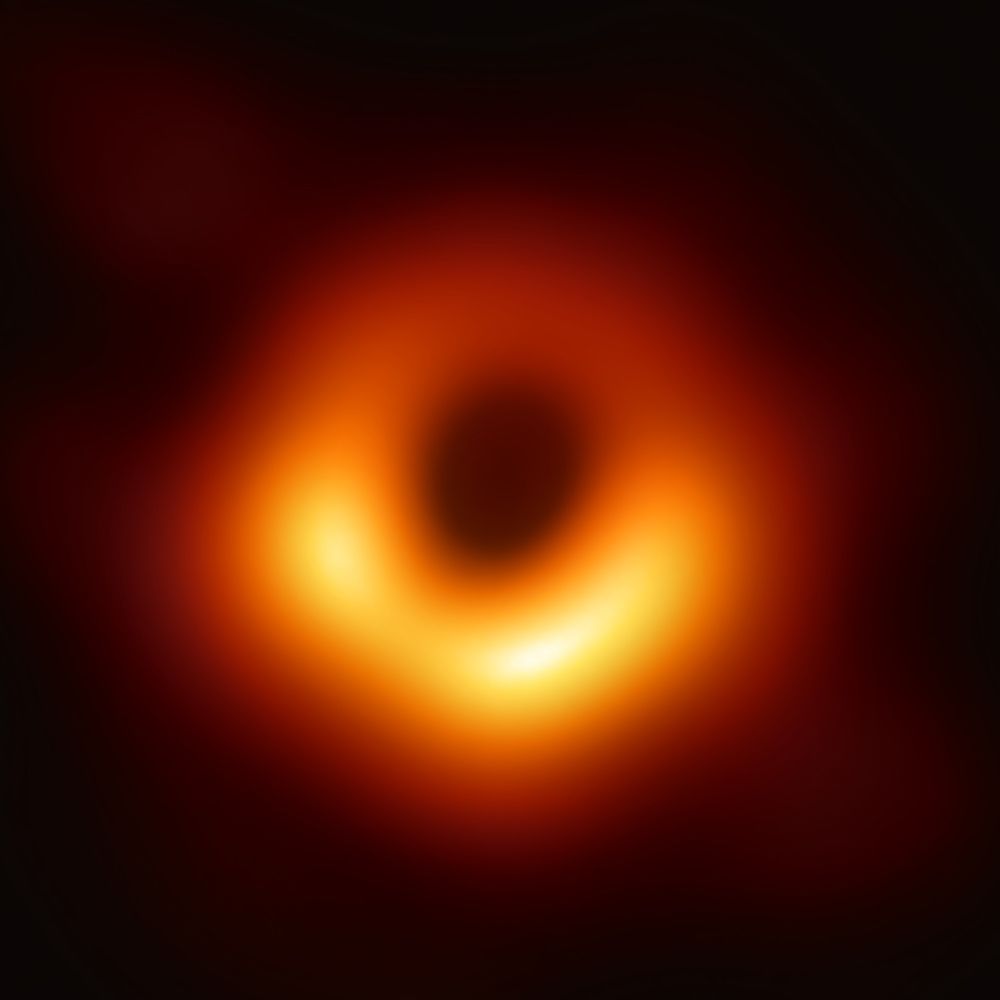Astrophysics
The newest issue of Mercury (Vol. 51 no. 2) is available to members, and this issue features a deepdive into the Event Horizon Telescope's observations of the Milky Way's supermassive black hole, details of the first images from the James Webb Space Telescope, news about several Mars missions, a look at the historical 1638 solstice lunar eclipse, and more!
Almost as old as Hubble, Chandra needs a follow-up to complement the James Webb Space Telescope.
In response to technologies that impede scientists' research and humans' enjoyment of the night sky, the International Astronomical Union (IAU) has established the Centre for the Protection of Dark and Quiet Skies from Satellite Constellation Interference.
This past Saturday, the James Webb Space Telescope successfully deployed its primary mirror's second side panel, marking the end of its extremely complex deployment sequence.
This report “paves the pathway to exploring the cosmos.”
An explosive gamma-ray blast detected last year seems to straddle the line between the two known classes of gamma-ray bursts.
A problem in the Hubble Space Telescope's Power Control Unit or a secondary circuit led to the iconic telescope's shutdown last month.
A new study suggests Betelgeuse's "great dimming" was the result of an enormous dust cloud shrouding roughly one quarter of the star’s surface.
The Spring 2021 issue of Mercury (Vol. 50 no. 2) is available to members, and this issue features a new column, the story of black holes, a guide to the Kuiper Belt, astronomy's patron saint, the mysteries of our home galaxy, and more!
A dozen celestial locations in our Milky Way Galaxy boost particles to extreme energies, say astrophysicists.
Imagine if science fiction’s plot tool of intermingling parallel universes mixed our 2020 with another Earth’s.
The Autumn 2020 issue of Mercury (Vol. 49 no. 4) is available to members, featuring the first five years of gravitational-wave detections, future observatories designed to catch more of these ripples in space time, ancient Egyptian astronomy, and more!
The smooth findings, ironically enough, may point to cracks in the theory of cosmic expansion
This clumpy, twisted, 5,000 light-year-long relativistic jet blasts into space from the supermassive black hole inside the elliptical galaxy Messier 87.
The Summer 2020 issue of Mercury (Vol. 49 no. 3) is available to members, featuring discoveries from the Gaia spacecraft, news about the brightest Northern Hemisphere comet in decades, a poet's exploration of the Solar System, and more!
Because of its data collection and archival system, the Hubble Space Telescope has changed how — and who — can do science.
You may have heard about globular clusters and open clusters, but nuclear star clusters are quickly garnering serious attention.
The Spring 2020 issue of Mercury (Vol. 49 no. 2) is available to members, featuring the people behind the Hubble Space Telescope, how Hubble data has changed astronomy, how teachers are responding to COVID-19, and more.
The Winter 2020 issue (vol. 49 no. 1) of Mercury magazine is online for ASP members, featuring a goodbye to Spitzer, kicking off a busy decade for Mars, and paying tribute to Katherine Johnson.
Astronomers have discovered that our galaxy’s supermassive black hole is a track and field superstar.
The tale of two searches for dark matter and how we might really be closing in on the source of the mystery.
NASA's Chandra X-ray Observatory reveals the relativistic engine driving the quadruple apparition.
A search in X-rays suggests life might be possible around two of our three neighboring stars.
When humans age, environmental factors can play a huge role in our health—the same is apparently true for galaxies.
In cosmology, Buddha strikes again.
Feedback from active galactic nuclei may influence a galaxy’s ability to form stars.
Despite decades of searching for dark matter, we’ve come up empty handed. So, what is the alternative?
Galaxies live inside dark matter halo “houses”—but there seems to be a lot of empty homes out there.
That’s some cosmic trick, but is it done with mirrors?
Some galaxies are extremely massive, compact and filled with dust—how they became so extreme remains a mystery.
Lunar rocks retain a million-year record of solar energetic particles and galactic cosmic rays.
The collaboration’s first image has given us a glimpse of what the future of event horizon studies may look like.
What’s careening through the galaxy at 2.5 million miles per hour and screaming with gamma-rays?
There are some strange similarities between ultra-faint dwarf galaxies and globular clusters—with dark matter anchoring both.
How supermassive black holes and galaxies evolve together is one of the biggest questions hanging over modern astrophysics.
After decades of wondering, the Event Horizon Telescope has revealed what a black hole really looks like. [Feature excerpt]


